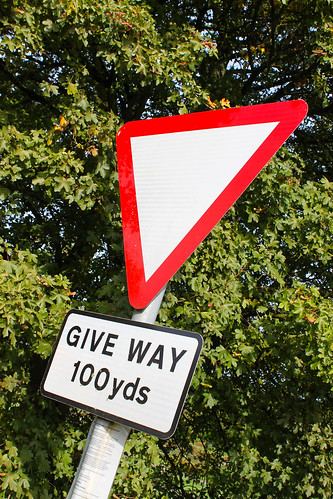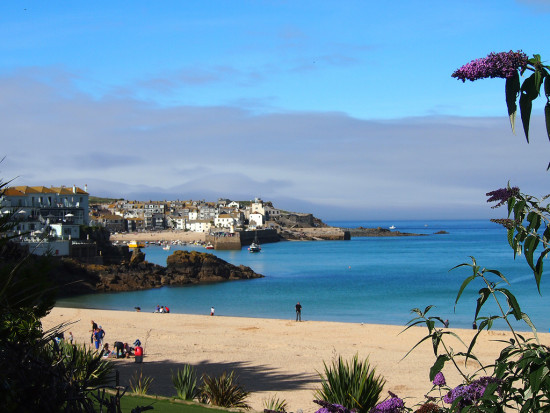One of the best ways to explore the UK is by car. Thousands of miles of well-paved roads and motorways provide excellent access to virtually every corner of England, Wales and Scotland. In many cases, a private car is the only way to reach interesting out-of-the-way villages, ancient sites or natural attractions. There are a few things to consider, however, before hopping into a car in England.
Here are some tips for first-timers driving in the UK:
 The most obvious difference to North American and most European visitors is that the Brits drive on the left side of the road. Out of the rest of Europe only Malta, Cyprus and Ireland follow suit, so it will certainly take a bit of adjustment the first few times you get behind the wheel. To make matters even more challenging, around 90 per cent of vehicles in the UK have manual transmissions. Shifting gears with your left hand is perhaps the most difficult task to master.
The most obvious difference to North American and most European visitors is that the Brits drive on the left side of the road. Out of the rest of Europe only Malta, Cyprus and Ireland follow suit, so it will certainly take a bit of adjustment the first few times you get behind the wheel. To make matters even more challenging, around 90 per cent of vehicles in the UK have manual transmissions. Shifting gears with your left hand is perhaps the most difficult task to master.
On the positive side, the UK’s road signs are excellent. They follow international standards and most roads are well-marked in English. There are few minor differences in terminology, however. Brits do not yield but rather they give way. When you see this common sign, you should slow down, look around and give way to any traffic already on the street.
Roundabouts are another very common feature of the driving landscape in the UK. Not only are they ubiquitous in the cities but you also stumble across them in rural villages, with even two, three or more roundabouts in close proximity not uncommon. The rule of the roundabout is simple enough. Slow down and yield to anyone already in the traffic circle, because they always have the right of way.
Another slight difference with driving in the UK is that you can only pass a moving vehicle in the lane that is closest to the median. This means you can only overtake another vehicle in the farthest right lane, never in a lane to your left. A boon for American drivers is that the UK posts its speed limits in miles per hour, not kilometres. Beware of the speed cameras though. They hide in almost every town and hamlet in the country.
One of the more painful parts of driving around the UK is the price of petrol. A gallon in England typically costs twice what it does in the US and more than in most European countries, and large cities may impose congestion fees to enter the central core, such as London. On the up side, there are no toll roads anywhere in the country.
The rules for parking are straightforward and universal. Double yellow lines mean no parking at any time. A single yellow line means parking is only allowed at certain times, usually after 18:00. A dashed yellow line means it’s okay to park but you might need to pay by getting a ticket from a machine and displaying it on your dashboard. No line indicates you are welcome to park.
The UK categorises its roads with letters. M indicates a major motorway, usually very fast and ideal for covering lots of ground without any traffic concerns. The UK has an excellent motorway network, providing easy access to all corners of the country. Except for motorways around major cities, traffic flow is usually good outside of peak rush hours.
But to really get out and explore the British countryside, you’ll need to venture onto the vast network of A and B roads. The A roads are either divided carriageways or main roads with single lanes. They are also ideal for moving quickly between destinations. The B roads are the smallest, often winding and narrow but nearly always paved. Once you leave the major motorways, you can expect the driving to go significantly slower, so allow plenty of time for travel. But with some tips for first-timers driving in the UK, you can be sure of having a pleasant driving experience.
[box]John is a guest blogger from car hire UK firm National Car.[/box]

